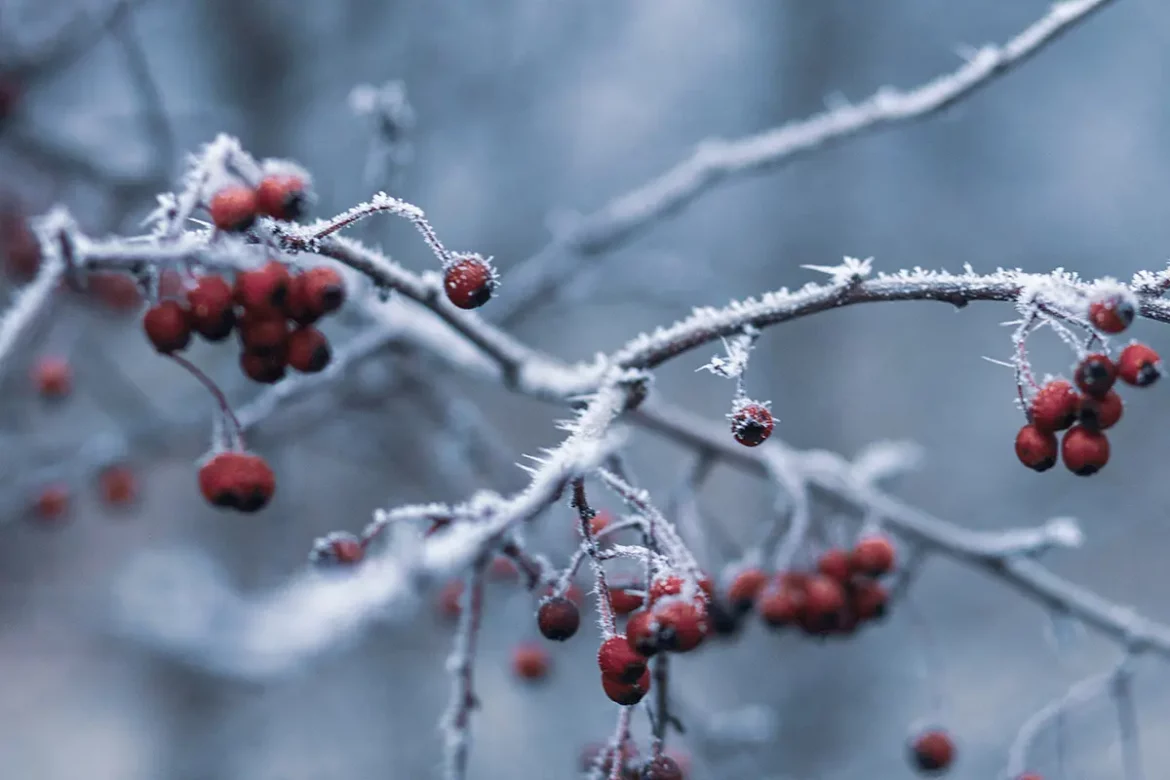
Fayetteville, North Carolina, enjoys a relatively mild climate for most of the year. However, when winter does make an appearance, it can come suddenly and catch us off guard. While we don’t experience prolonged periods of sub-freezing temperatures, a sudden cold snap can wreak havoc on irrigation systems that haven’t been properly winterized. In this article, we’ll explore the importance of winterization in the Fayetteville area, focusing on the potential risks of freezing pipes, sprinkler heads, and the often-overlooked brass backflow preventers.
Understanding the Fayetteville Climate
Fayetteville, situated in the southeastern part of the state, typically experiences mild winters compared to many other parts of the country. The average low temperatures during the winter months hover around the freezing mark, but sudden cold spells can bring much colder conditions. These unpredictable temperature drops can pose a threat to your irrigation system if not adequately prepared for.
Freezing Pipes: A Hidden Threat
When water freezes, it expands, which can cause pipes to crack or burst. Even in a region like Fayetteville where freezing temperatures are infrequent, this can still happen. Irrigation pipes are often buried underground, making them vulnerable to freezing if not properly insulated or drained.
To protect your irrigation system from freezing pipes:
- Drain the Lines: Before the cold weather arrives, thoroughly drain the irrigation lines to remove any residual water. This will prevent freezing and expansion within the pipes.
- Insulate Vulnerable Areas: Consider insulating exposed pipes or those near the surface. This extra layer of protection can make a significant difference in preventing freezing.
- Schedule Winterization: Reach out to a professional irrigation service to perform a thorough winterization of your system. They will have the expertise and equipment to ensure that your system is adequately prepared for the winter.
Damaged Sprinkler Heads
The freezing and expansion of water can also damage your sprinkler heads. When water inside the heads freezes, it can crack the plastic casing or cause the seals to fail. This can lead to costly repairs when you need your system up and running again in the spring.
To safeguard your sprinkler heads:
- Drain the System: Ensure that your system is completely drained to prevent water from accumulating in the sprinkler heads.
- Inspect and Replace: Before winter sets in, inspect your sprinkler heads for any signs of damage. Replace any cracked or damaged heads promptly.
Brass Backflow Preventers: Vulnerable to Sub-Freezing Weather
One component often overlooked during winterization is the brass backflow preventer. These essential devices are responsible for keeping your irrigation water from flowing back into the municipal water supply. However, they are susceptible to cold temperatures.
Brass backflow preventers can be destroyed when exposed to sub-32 degree weather due to the expansion of water inside the device. When this happens, you may experience a costly and potentially hazardous water backflow issue.
To protect your brass backflow preventer:
- Insulate and Cover: Wrap the backflow preventer in insulation material or use a specialized cover to shield it from the cold. This will help maintain a higher temperature around the device.
- Shut Off and Drain: In cases of extreme cold, consider shutting off the water supply to the backflow preventer and draining it to prevent any water from freezing inside.
Conclusion
While Fayetteville, NC, may not experience long, harsh winters, it’s essential to remain vigilant and proactive when it comes to winterizing your irrigation system. Sudden drops in temperature can catch us off guard, potentially causing damage to pipes, sprinkler heads, and brass backflow preventers. By taking the necessary precautions, such as draining the system, insulating vulnerable components, and scheduling professional winterization, you can ensure that your irrigation system remains in top condition throughout the winter months, preventing costly repairs and headaches in the spring. Don’t wait until the last minute; winterize your system now to protect your investment and ensure your landscape thrives come springtime.
